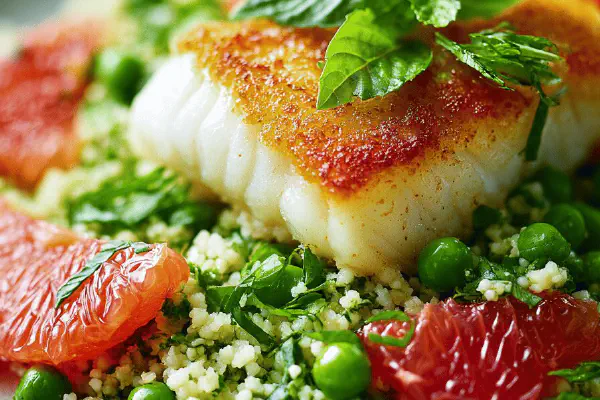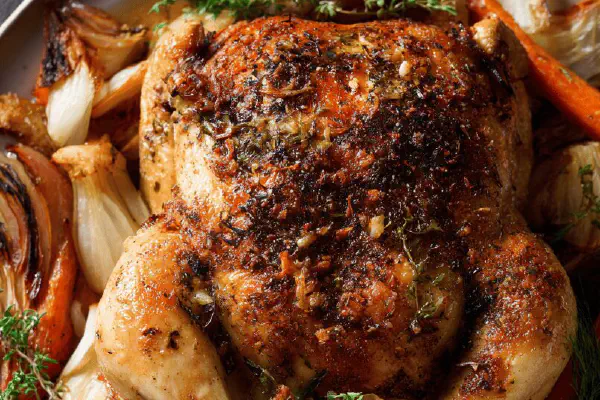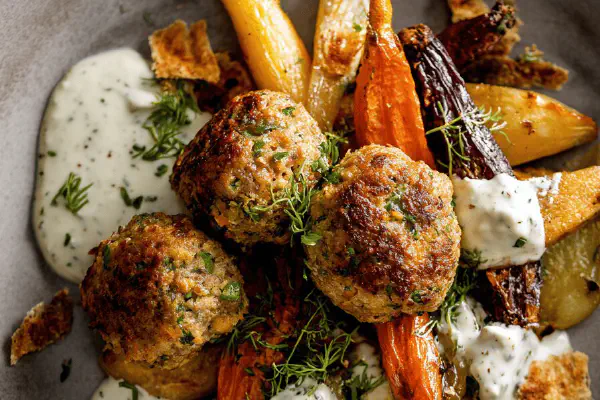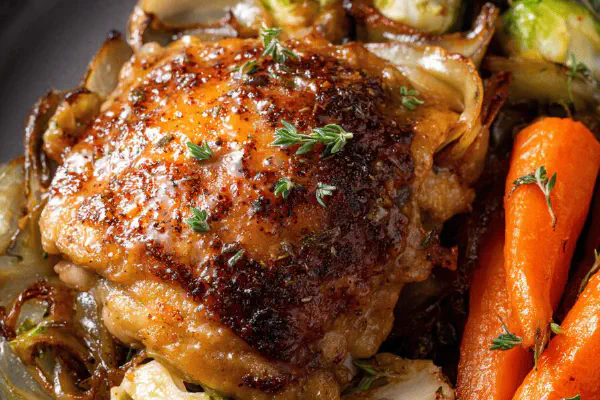Honey Citrus Lamb Racks
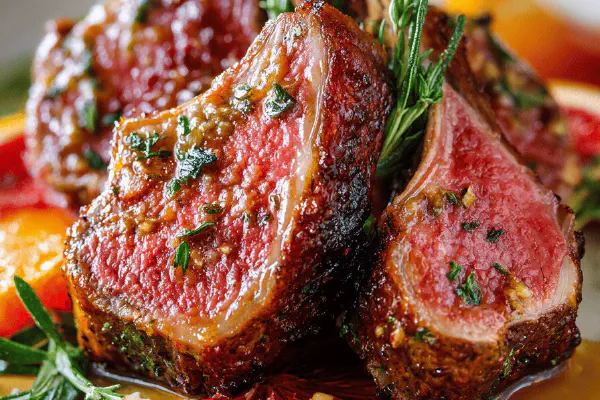
By Emma
Certified Culinary Professional
Ingredients
- 2 lamb racks of 8 ribs each
- 20 ml olive oil
- 15 ml ghee
- Grated zest of 2 lemons
- Juice of 3 grapefruits
- Juice of 2 lemons
- 3 garlic cloves, minced
- 25 ml honey
- 12 ml fresh thyme leaves
- Freshly ground black pepper
About the ingredients
Method
- Set oven rack in middle; preheat to 175 °C (350 °F).
- Trim all fat from lamb racks; clean bones neatly (boucher helps). Pat dry, season lightly with salt.
- Heat olive oil and ghee in heavy skillet over medium-high. When shimmering, sear lamb evenly until dark golden crust forms, about 3-4 minutes per side. Remove lamb, rest briefly on plate.
- In same pan, lower heat to medium; stir in garlic; wait for aroma to bloom—don’t burn.
- Add citrus zests, juices, honey, thyme. Simmer, stirring often, scraping browned bits. Reduce sauce by two-thirds until thick, glossy, coats back of spoon, about 6 minutes. Sauce thickens from syrupy gloss and faint sticky resistance.
- Return racks to pan, turn lamb to glaze fully, shiny and hugged by syrup. Season pepper.
- Transfer racks and sauce to shallow roasting pan; spoon remaining sauce over top.
- Roast in oven aiming for medium-rare. Use touch test: lamb yields slightly under firm pressure. About 12 minutes; thermometer should read 58-60 °C. Avoid overcooking or rubbery edges.
- Remove racks; tent with foil. Rest at least 8 minutes to redistribute juices. Don’t skip—dry lamb follows.
- Slice racks between bones; sauce drizzled on or served separately.
- Suggested sides: garlic-herb soufflés or spiced maple roasted pumpkin puree.
Cooking tips
Chef's notes
- 💡 Trim fat near bones but no crazy strip. Fat burns flare, messes smoke up. Some fat left inside holds moisture; dry bones crisp better when clean. Room temp lamb before heat prevents shock, cooks evenly; cold racks shrink, pull juices out.
- 💡 Oil plus ghee blend saves butter burn while adding nuttiness. Olive oil alone too delicate for sear temps; ghee higher smoke point, flavor richer. Sear fast—medium-high pan, crust forms in minutes. Watch golden crust, no black char. Flip quick, no overcrowd pan or steam the rack.
- 💡 Garlic minced not crushed—finer flavor, less bitter blasts. Toss in after heat drops low-ish so aroma pops, not burns. Sauce thickens when syrupy gloss coats spoon back, feels sticky slight resistance. Scrape browned bits gently off pan, don’t overdo or get burnt flakes.
- 💡 Sauce reduction timing mostly until two-thirds gone, about 6 minutes depending on pan size and heat. Look for shiny, sticky. Not runny, but not jammy either. Lamb back in pan off heat helps glaze cling. Peppers last minute. Avoid over stirring sauce, breaks gloss.
- 💡 Resting meat crucial. Tent foil traps heat, avoids crust sog. Eight minutes at least. Juices redistribute. Slice only after rest—cutting too early makes dry meat. Touch test best doneness cue; soft but spring back feels right medium rare. Thermometer can fool if probe inserted wrong.
Common questions
Can I use butter instead of ghee?
Butter burns faster, especially sear temps. If used, lower heat or add oil to raise smoke point. Monitor closely. Ghee adds nuttier notes, less smoke haze. Butter good if careful but risk burnt taste.
What if I overcook lamb?
Firm edges, lose juiciness first. Resting helps but can’t fix total dryness. Try slicing thin, serve with sauce extra. Next time pull earlier, check frequently. Using thermometer important; 58-60 °C best range. Remember carryover heat after oven off.
Can I substitute grapefruits?
Oranges or pomelos okay but change flavor. Grapefruit adds bite, slight bitterness that cuts honey sweetness. Adjust honey quantity if sweeter fruit used. Stay fresh zests; dried make no sense here, flat flavor. Citrus combo pivots puckery sauce balance.
How to store leftovers?
Wrap tightly, fridge up to 3 days max. Sauce separate so meat keeps texture. Reheat gently in oven or pan low heat to avoid rubbery firm meat. Freezing possible but expect some moisture loss. Don’t microwave or harsh heat kills tenderness.
